Nantes didn’t meet my expectations, but only because I didn’t have any. This curiosity of a city has leapfrogged the magical Bordeaux to move to the top of my France list.
Nestled on the banks of the Loire River in western France, it’s perhaps most famous for its restored Château des Ducs de Bretagne, the medieval home of the Dukes of Brittany. This imposing edifice is quite something but it wasn’t what sold me on the city. I’m blessed to live in a part of the world that does medieval and does it well. Old is old. I’m not jaded by any means but it takes more than castles and stories of dukes and royalty to get my blood running.

I was all about the 12-km thin green line.
Snaking through the heart of Nantes is a green line that is begging to be followed. Better than any tour book, it takes to you places you didn’t know about and shows you stuff you didn’t think you needed to see.

We were lucky to happen upon the end of Le Voyage à Nantes, the annual arts festival that runs from 1 July to 3 September. This year, more than 100 art installations popped up throughout the city, some of which will stay for a year or two or three. It was a veritable voyage of discovery.
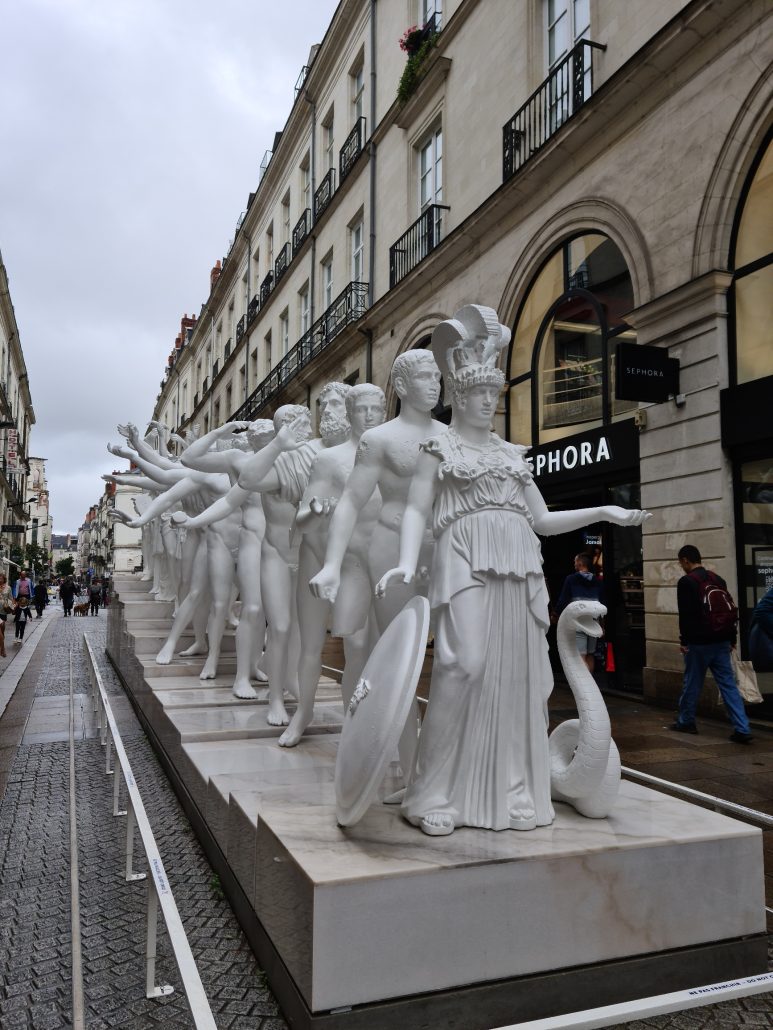



This master of adventure was also a poet and a playwright and one of France’s most prolific authors of all time, whose works have been translated more often than Shakespeare’s. Dubbed ‘the father of science fiction’, only Agatha Christie beats him to the title of most translated author in the world.

The JV connection sent us chasing down Les Machines de l’île. Again, I had no clue what to expect. I knew there was a carousel of sorts and lots of fantastical machines – the latter was more for himself than for me.
When we got to where we were going, we were met by a 12-metre-tall elephant that was 8 m wide and 21 long made from 48.4 tons of steel and wood and lubricated with 2500 litres of oil. It lumbers at a speed of 1 to 3 km/h and…it’s something else. It’s a tourist attraction of course and with its indoor lounge with balconies and a terrace your ticket will get you a 30-minute ride.
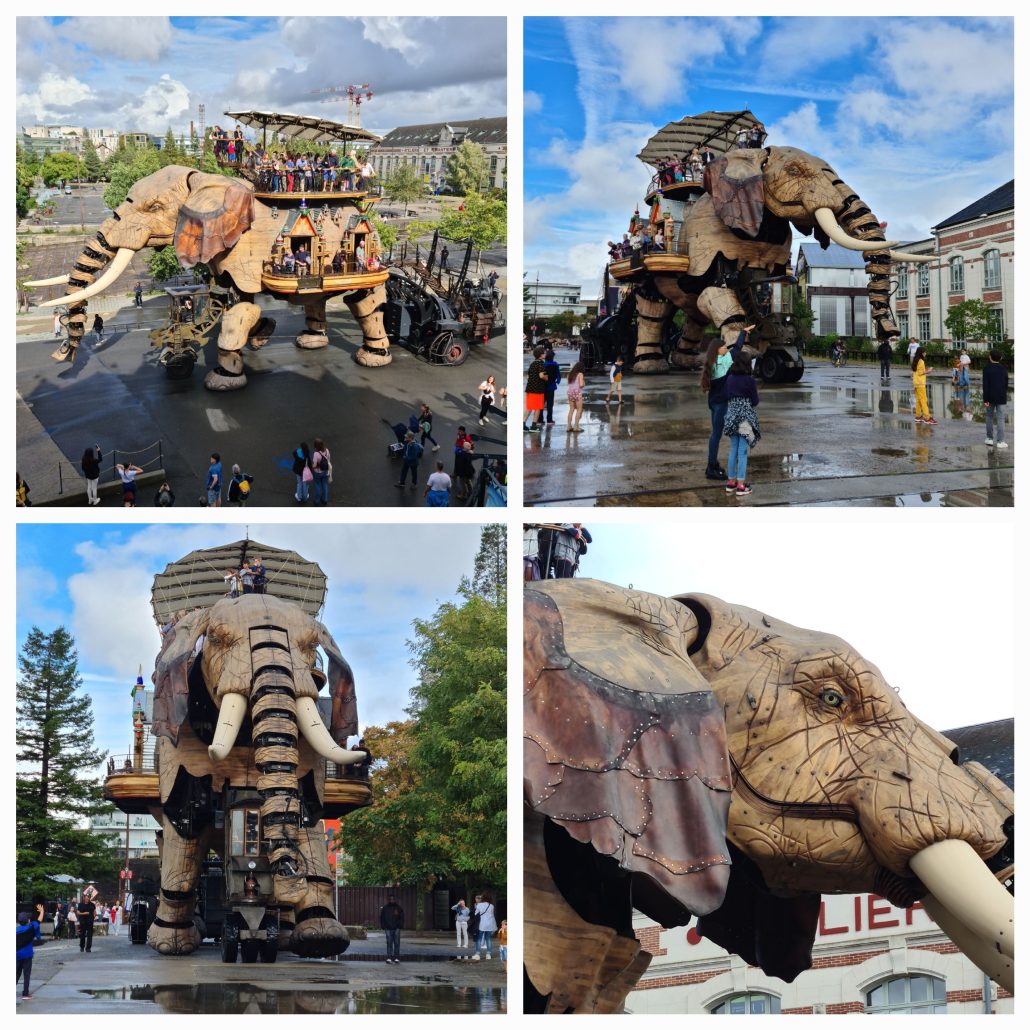
Fascinated but not interested, I was hell-bent on having a go on the Carrousel des Mondes Marins. On three levels, fantastical sea creatures do all sorts of stuff at the pull of a lever.
This giant carousel, almost 25 m high and 22 m in diameter, is a reinvention of fairground art. Three carousels are stacked in concrete lacework, crowned by a Big Top that is itself adorned with pediments, and guarded by 16 fishermen from all the world’s oceans.
And yes, we were the oldest kids on the carousel and the only adults without a child or three in tow. Magic.
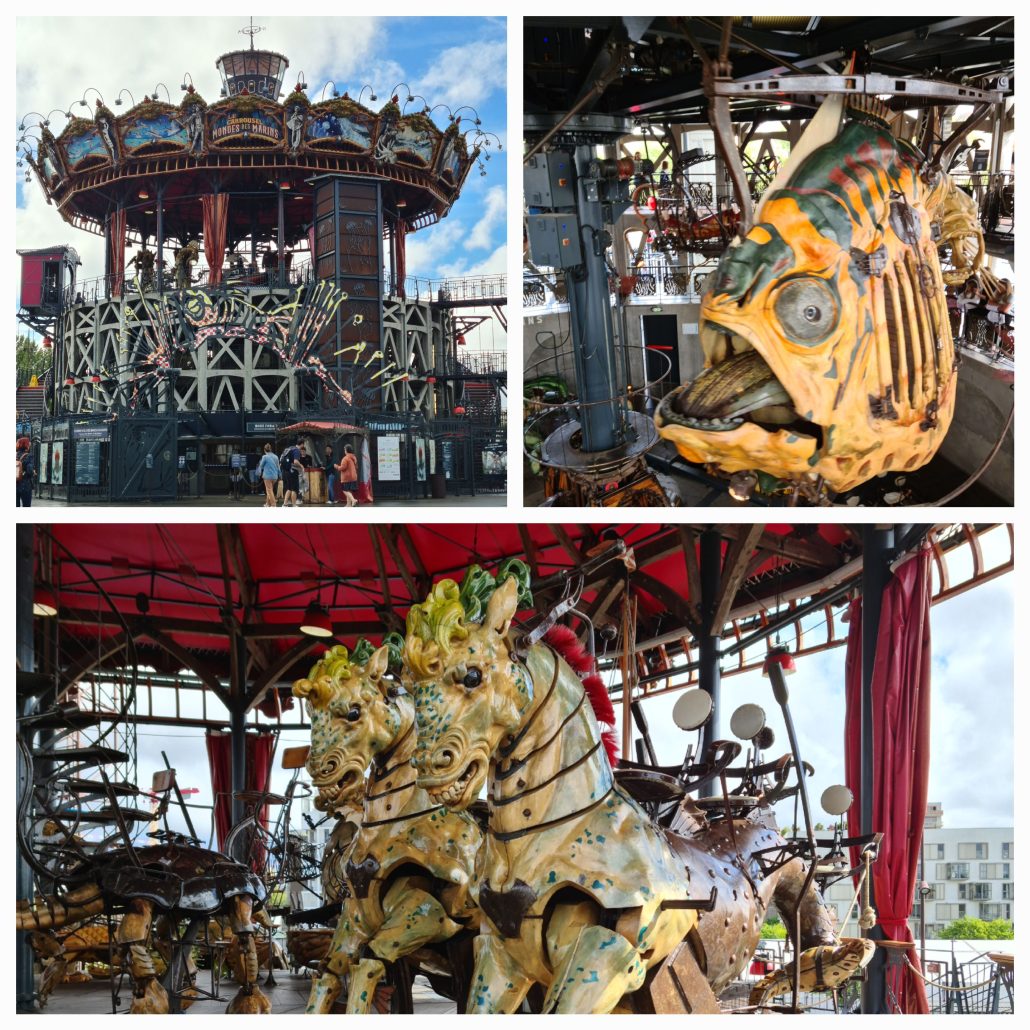
What was left was the Galerie des Machines. I wasn’t convinced but himself is mechanically minded and when in Nantes and all that.
The brainchild of François Delaroziere and Pierre Orefice, these mechanical creatures are Gulliver-like in size reducing all around them to Lilliputian level.
High up in the rafters of the Galerie des Machines, you can see a heron with an 8-meter-long wingspan soaring gracefully and a mechanical spider awakening and climbing along his threads. Two giant hummingbirds gather nectar from a blossoming flower. Then it’s giant ant’s turn to make his entrance.
Himself got to operate the massive spider and I got a go on the ant. This time, it was the adults having fun. Unbridled fun. Aside from the wow factor of the creative genius that goes into making these things, seeing a room full of adults release their inner child was uplifting. Refreshing. Giddying. And Fun. Pure, unadulterated fun.

The city itself, once at the heart of the French Resistance, has a beauty of its own. Passage Pommeraye, a nineteenth-century covered walkway complete with Renaissance sculptures and Corinthian columns, is now home to boutiques and cafés on three levels.

The Bouffay district was hopping. Narrow cobblestoned streets wend their way through a maze of bars, restaurants, and cafés. Medieval buildings house quirky shops and boutiques. Haussmann-style apartments set you wondering what it’d be like to live in the heart of all this action. French was the language du jour with few, if any foreigners making themselves heard. Pure class.

Along the river is a sobering reminder of the city’s past – a Memorial to the Abolition of Slavery. Nantes was France’s most important slave-trading port from the mid-1600s to the mid-1800s; more than half a million people were taken to the colonies in America on ships leaving from this port.
Two thousand crystal plaques are set into the quay inscribed with the names of slave ships and their departure dates, or the names of trafficking ports in Africa and America. Underneath is a long underwater passage is a 90-meter-long plaque (Nantes seems to be all about big) on which is inscribed the Universal Declaration of Human Rights abolitionist texts, and historical data on the slave trade.
The triangular slave trade was a commercial route established between Europe, Africa and America between the 15th and 19th centuries. The route began in the European ports, from where boats full of goods set off. Then, in the Western coasts of Africa, these goods were exchanged for slaves who were taken to America. Once in America, slaves were sold as workforce for plantations and the boats were loaded with exotic products to be taken to Europe: tobacco, sugar, cotton, among others. It is estimated that more than eleven million people were taken to America as slaves.

Sadly, the cathedral wasn’t open. And hasn’t been for a few years. It’s being renovated. That said, we spent some time marvelling at the intricacies of the facade.
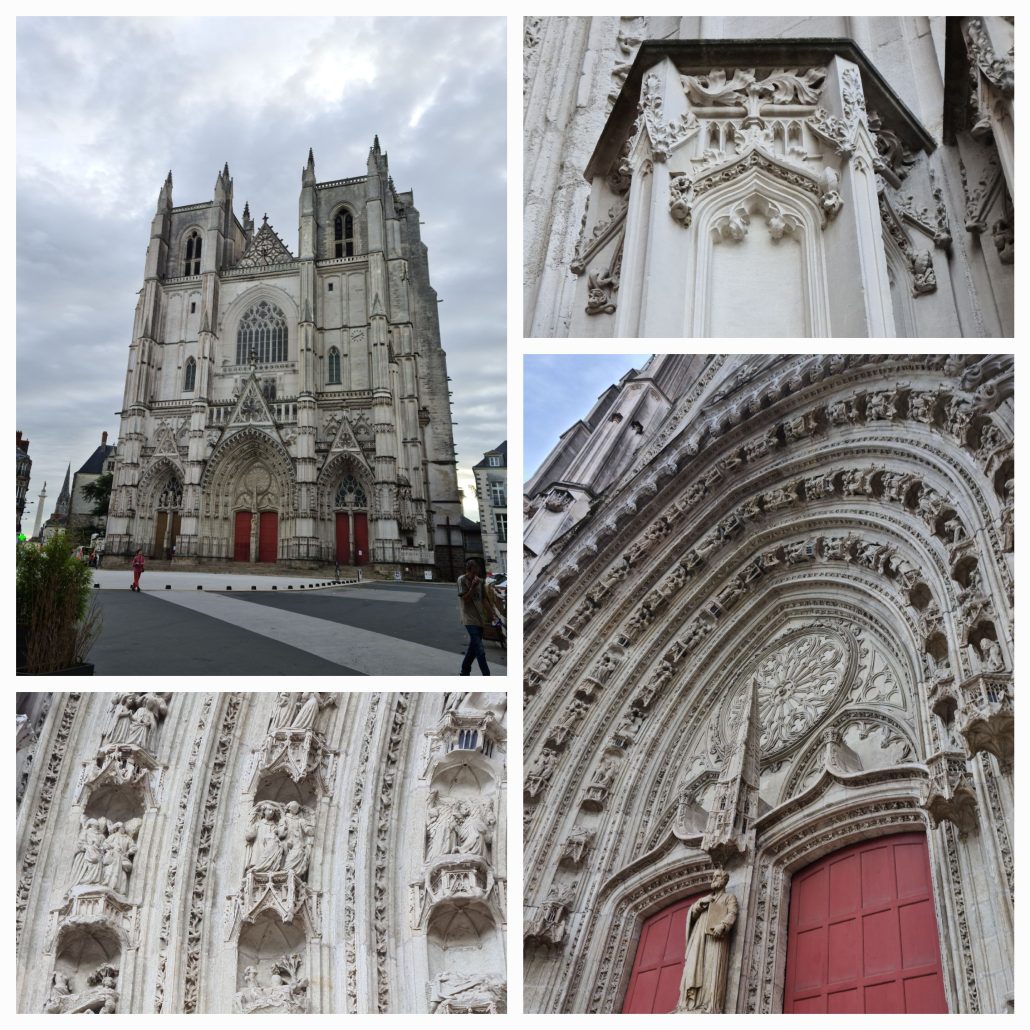
We opted to stay near the train station, a perfect location with easy access to the city’s tram system. Our hotel, the Astoria, had a record shop in the lobby with record players and headphones – if we’d only had more time.
Right by the train station is les Jardin des Plantes – seven hectares of gorgeousness in the heart of the city, the perfect place to wait for your train. Opens daily at 8.30 am till 7.45 pm.

Public transport is free (for everyone) on the weekends. A bloody brilliant idea, Nantes. Thank you. We’ll know for next time. And there will be a next time.
Notes for next time
- Place Royale
- Art Deco café, La Cigale
- City Cemetery
- Go back to the garden to find the Magnolia d’Hectot
- Check if the Cathedral is open
- Visit the gift shop by the carousel to get those prints
- Go back to the Japanese restaurant The Red and Luna
- Explore Bouffay more

Share this:
- Click to share on X (Opens in new window) X
- Click to share on Facebook (Opens in new window) Facebook
- Click to share on Pinterest (Opens in new window) Pinterest
- Click to share on LinkedIn (Opens in new window) LinkedIn
- Click to share on Reddit (Opens in new window) Reddit
- Click to share on WhatsApp (Opens in new window) WhatsApp
- Click to share on Pocket (Opens in new window) Pocket
- Click to share on Telegram (Opens in new window) Telegram
- Click to email a link to a friend (Opens in new window) Email



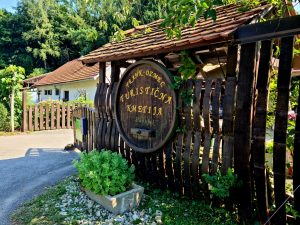



2 responses
Wonderful……Nantes has been added to my list, thank you.
You’ll enjoy it … wonderful spot